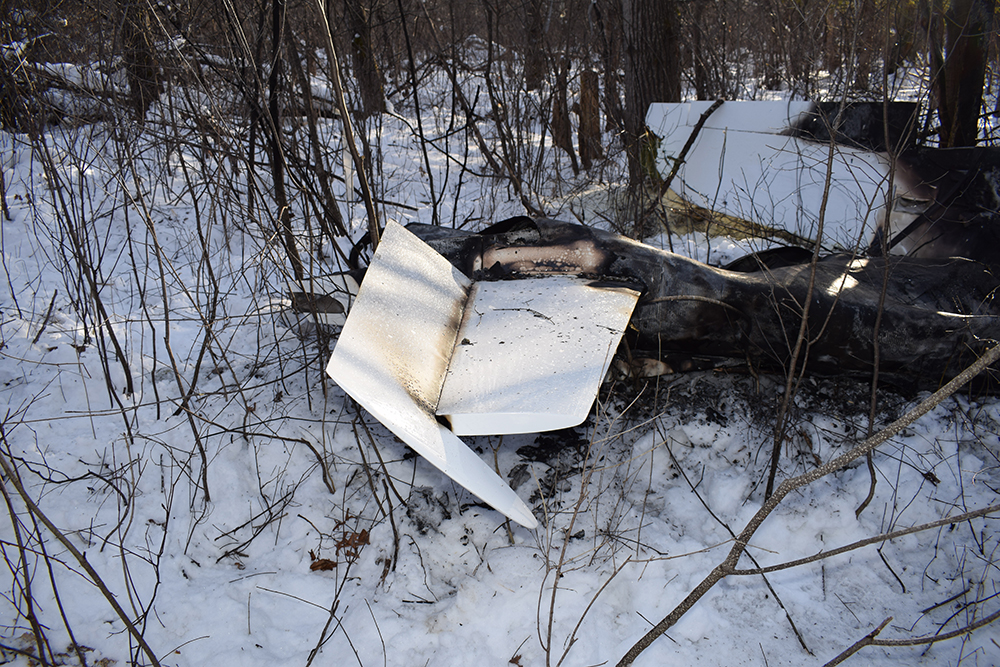Loss of control and collision with terrain
Privately registered
Blackshape S.P.A. Prime BS100, C-GPOT
Ottawa/Carp Airport, Ontario
The occurrence
On , a privately registered Blackshape Prime BS100 aircraft was conducting circuits on runway 28 at Ottawa/Carp airport (CYRP). After a touch-and-go takeoff, the aircraft began to climb, then started a left turn prior to passing over the end of the runway. Approximately 240 m south of the runway, the aircraft entered a near vertical descent and crashed into a wooded area. The pilot, who was the sole occupant of the aircraft, was fatally injured. The aircraft was destroyed by a post-impact fire.
Media materials
News release
Investigation report: Loss of control and collision with terrain at Ottawa/Carp Airport, Ontario, in February 2021
Read the news release
Deployment notice
TSB deploys team to small aircraft accident in Carp, Ontario
Richmond Hill, Ontario, 10 February 2021 — The Transportation Safety Board of Canada (TSB) is deploying a team of investigators to the site of an accident involving a Blackshape BS100 airplane. The TSB will gather information and assess the occurrence.
Class of investigation
This is a class 4 investigation. These investigations are limited in scope, and while the final reports may contain limited analysis, they do not contain findings or recommendations. Class 4 investigations are generally completed within 220 days. For more information, see the Policy on Occurrence Classification.
TSB investigation process
There are 3 phases to a TSB investigation
- Field phase: a team of investigators examines the occurrence site and wreckage, interviews witnesses and collects pertinent information.
- Examination and analysis phase: the TSB reviews pertinent records, tests components of the wreckage in the lab, determines the sequence of events and identifies safety deficiencies. When safety deficiencies are suspected or confirmed, the TSB advises the appropriate authority without waiting until publication of the final report.
- Report phase: a confidential draft report is approved by the Board and sent to persons and corporations who are directly concerned by the report. They then have the opportunity to dispute or correct information they believe to be incorrect. The Board considers all representations before approving the final report, which is subsequently released to the public.
For more information, see our Investigation process page.
The TSB is an independent agency that investigates air, marine, pipeline, and rail transportation occurrences. Its sole aim is the advancement of transportation safety. It is not the function of the Board to assign fault or determine civil or criminal liability.
